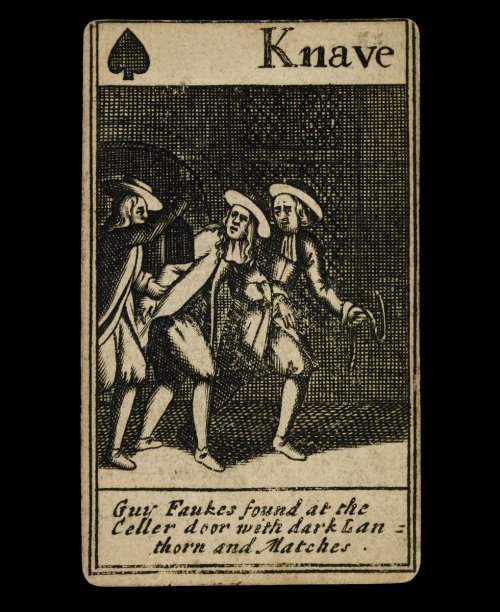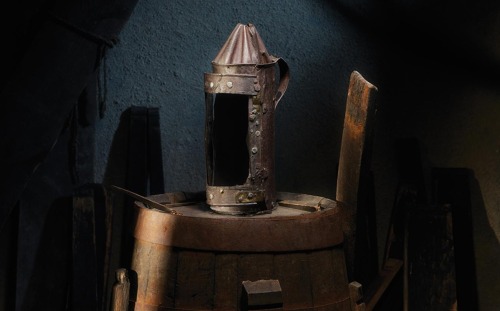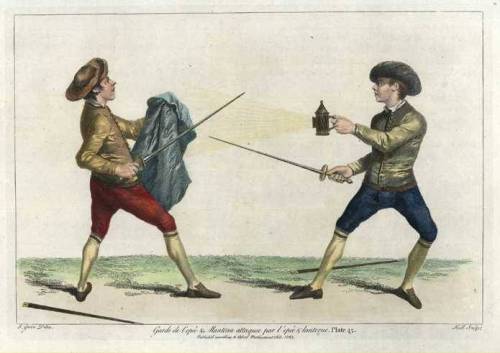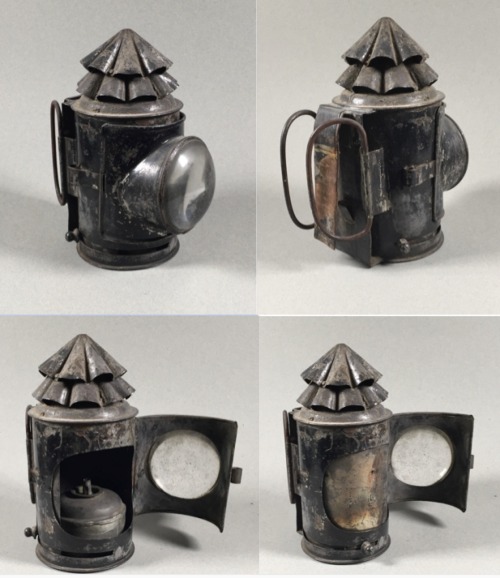D&d Item - Tumblr Posts

Why do I do this to myself and my players
An overlooked thieves’ tool: the dark lantern

“Deacon Brodie’s Dark Lanthorn and False Keys. (From the originals in the Museum of The Society of Antiquaries of Scotland.)” | The Trial of Deacon Brodie, 1906
A dark lantern was a type of hand lantern with a sliding shutter, so that the person holding it could adjust how much light it shed, if any. In the early modern period, it was very useful for thieves and assorted shady people lurking about in the dark. Court records even mention them as evidence: “he had a Dark-Lanthorn, and a bunch of Pick-lock Keys”, we read in an Old Bailey report from the 1680s. (The variant lanthorn was “folk etymology based on the common use of horn as a translucent cover”.)

Late 17th century playing card: “The jack (then called the knave) illustrates the discovery of Guy Fawkes in the cellar underneath Parliament – ‘Guy Faukes found at the Celler door with dark Lanthorn and Matches.‘” | British Museum
In 1605, Guy Fawkes was caught red-handed under the Parliament with 36 barrels of gunpowder, a slow match, and a dark lantern, and today that lantern can be seen at the University of Oxford.

Guy Fawkes’ lantern | Ashmolean Museum, University of Oxford
A 1787 fencing manual tells us that the shady people who carried dark lanterns would use them in combat to suddenly blind their opponent. I’m not sure we should take that too seriously, given that you need both hands to open or close the shutter while holding the lantern, which would make a Stab Surprise unpractical. Maybe it was a generic “grab literally anything in your off-hand” move, without mucking about with the shutter, or maybe the trick was “distract them and run”. Or it’s wholly made up, who knows. (I don’t trust anything fencing manuals tell us about the criminal underworld.)

“The Guard of the Sword and Cloak oppos’d by the Sword & Lanthorn” | Domenico Angelo’s The School of Fencing (1787)
The other type of people who found dark lanterns useful was cops. By the Victorian era they were more or less standardised, and policemen carried them on patrol.

A dark lantern with an advertisement for “Bull’s Eye or Dark Lantern, with Signals” | Dark Lantern Tales
“Typical dark lanterns were about the size and shape of a small modern thermos bottle, and had a fount for oil in the bottom. A cap with a wick (or wicks) was mounted directly to the top of this reservoir, and in most models the cap also served as a port to fill it. In the cylindrical body of the lantern, a shutter could be rotated to block light from coming through a large “Bull’s Eye” lens on the front. At the top of the lantern was a vent that allowed exhaust from the flame to exit but retain the light. These distinctive vents were usually made with two metal disks that were stamped into flutes that taper to the middle. The effect is sort of a ruffled top to the whole device. At the back of the lantern were wire handles to protect the user from the hot sides (policemen and watchmen kept them lit for upwards of six hours while on patrol), and usually a clip to hang the lantern on the user’s belt. There are anecdotes that describe patrolmen keeping a lit lantern on their belt beneath their great coat to stay warm in very cold weather.”
~ Dark Lantern Tales

“An 1890s Dark Lantern showing shutter open and closed” | Dark Lantern Tales
Dark lanterns found their way in D&D too. In 5e, the list of adventuring gear includes “hooded lanterns” which do something similar, though you can only reduce the light, not hide it completely. Of course, for the groups that even bother with lighting conditions, the problem is more often solved by asking your friendly spellcaster to cast Light on a pebble or something, and hiding it or holding it at your convenience. And earlier, in 3.5, “Dark Lantern” was an Eberron prestige class (a modified assassin), and also a magic item from Tome of Magic which created shadowy illumination.

Tome of Magic: spoooky Dark Lantern illustration by W. England
